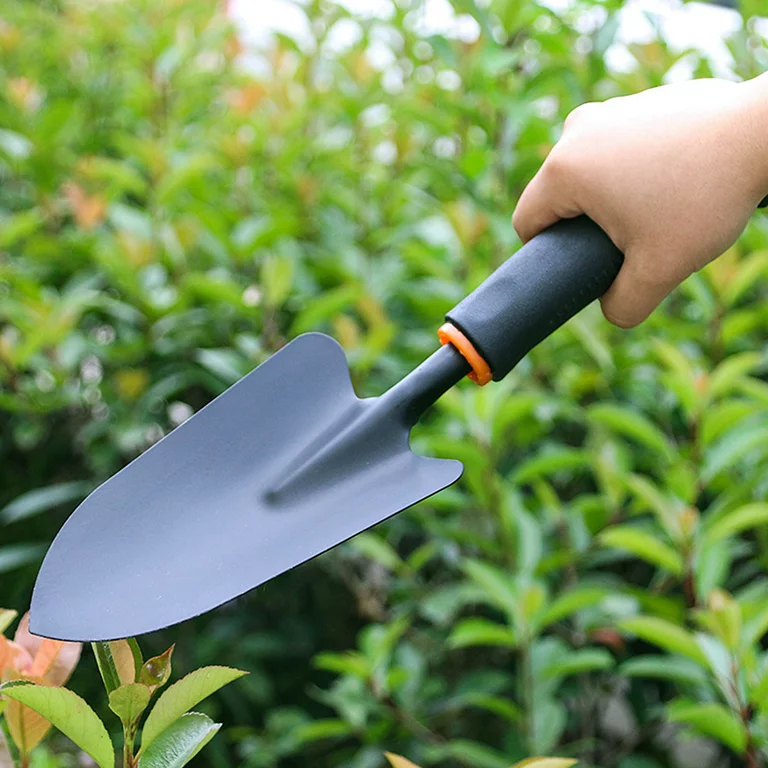
Power Tools Meaning
Power Tools Meaning
Introduction to Power Tools
power tools meaning: Power tools represent a significant category of equipment primarily used in the construction, manufacturing, and maintenance industries. These tools harness an external power source to operate, rather than relying solely on manual labor. Power tools include a wide range of devices, from drills and saws to sanders and grinders. They aim to improve efficiency, accuracy, and the capacity to tackle tasks that would be difficult or impossible to achieve with hand tools alone. The advent of power tools has revolutionized DIY projects and professional jobs by reducing the time and physical effort required to complete tasks.
Types and Classifications of Power Tools
Power tools are often classified into two main categories: stationary and portable. Stationary power tools are typically larger, more powerful, and designed for precision work. They are commonly found in professional workshops and include items like table saws, drill presses, and bench grinders. On the other hand, portable power tools are designed for mobility and convenience, allowing users to carry them to different job sites. This category includes cordless drills, jig saws, and impact drivers. Each type of power tool addresses different needs and allows users to select the right tool for a specific job.
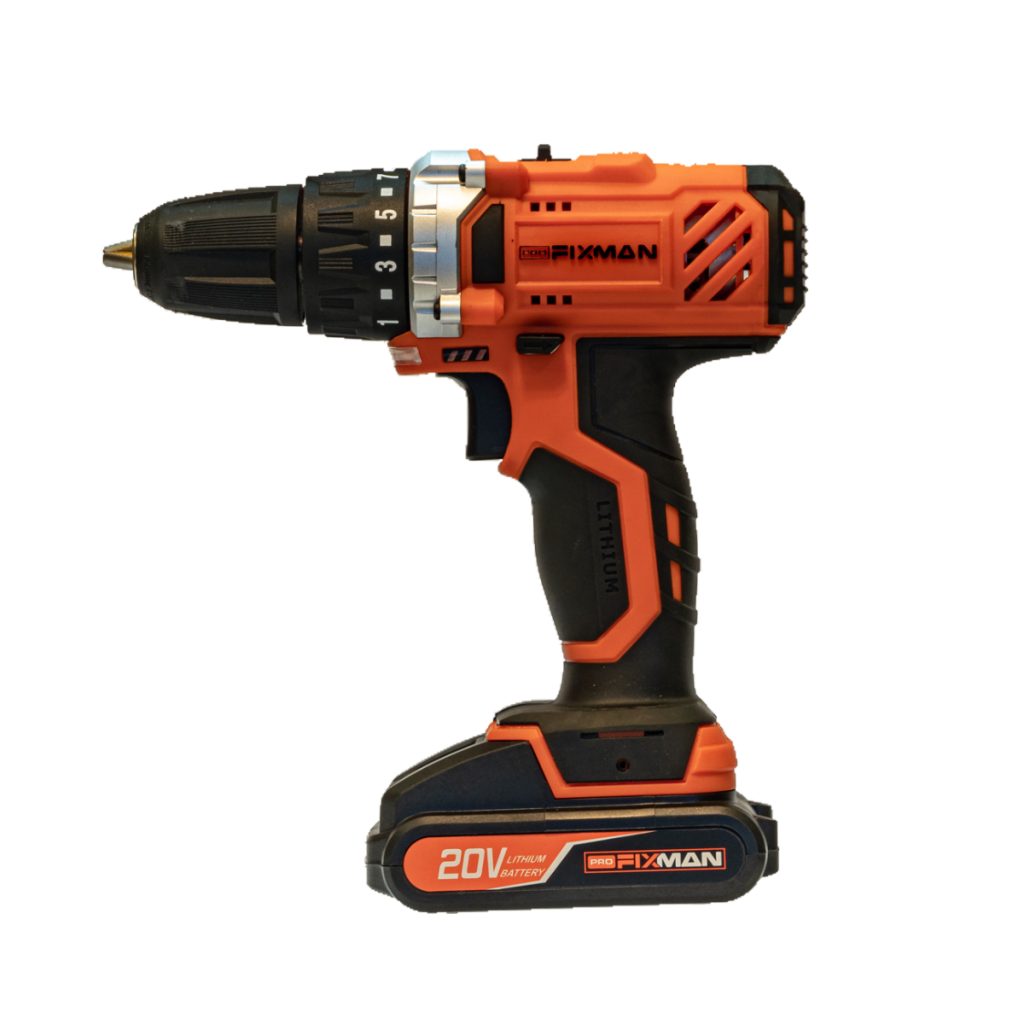
Benefits of Using Power Tools
The use of power tools offers a multitude of benefits. They allow for rapid completion of tasks, which can significantly speed up project timelines. Power tools also provide a higher level of accuracy and precision, which enhances the quality of the work performed. Furthermore, power tools can minimize physical exertion and reduce fatigue, which not only improves efficiency but can also decrease the likelihood of accidents caused by human error or physical strain. For professionals and hobbyists alike, power tools enhance productivity and allow for a more refined finish to work.
Safety Considerations for Power Tools
While power tools bring considerable advantages, safety is a crucial aspect to consider. Every type of power tool comes with specific safety guidelines that users must follow. Wearing protective gear, such as safety glasses and hearing protection, is essential to guard against potential hazards. Users must ensure that they are familiar with the operation of each tool, including the correct way to start and stop it. Regular maintenance and checks for any damage or wear are also fundamental to safe usage. Following these safety practices helps to prevent accidents and prolongs the life of the tools.
Power Tools in Innovation and Creativity
Power tools have opened up new possibilities for innovation and creativity in various trades. They serve not only to make established processes more efficient but also enable artisans and makers to push the boundaries of what is possible. With the flexibility provided by power tools, individuals can experiment with new materials, techniques, and designs. Crafting intricate woodwork, creating custom metal pieces, and undertaking complex renovations are just some examples where power tools play a vital role in sparking creativity and turning imaginative ideas into tangible reality.
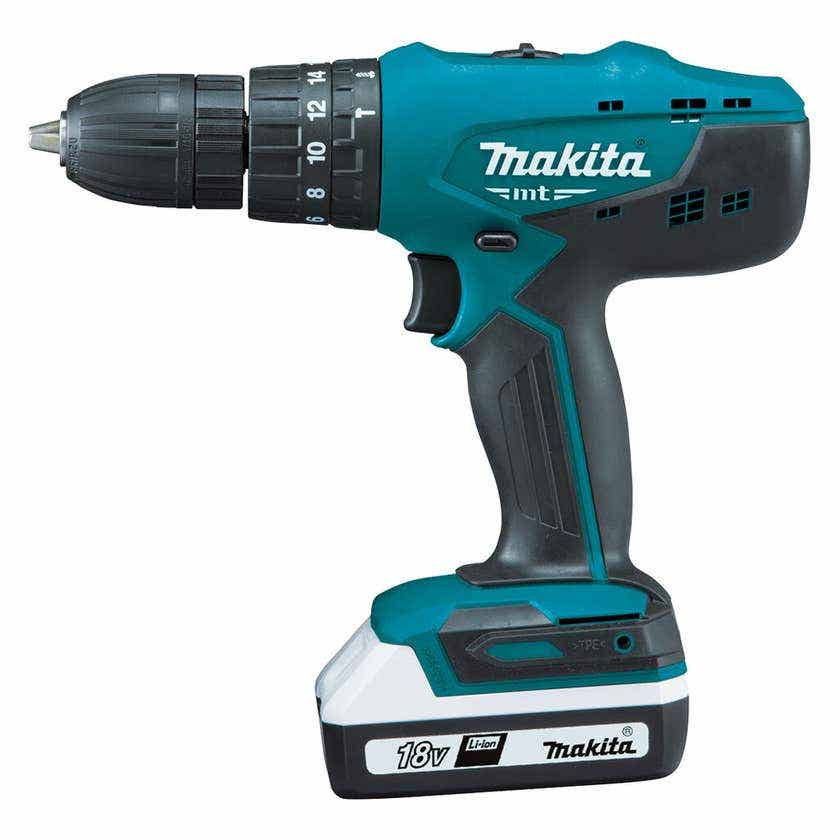
The Future of Power Tools
Looking to the future, power tools are set to evolve further with advancements in technology.Where are power tools made? The development of brushless motors, advances in battery technology, and the incorporation of smart features are transforming power tools into more efficient, durable, and user-friendly devices. As these tools continue to become lighter, more powerful, and versatile, they will no doubt expand their influence in both professional trades and personal DIY endeavors. The constant innovation within the power tool industry promises an exciting future filled with possibilities for those willing to embrace these dynamic and essential instruments.
Conclusion: Embracing the Power of Tools
In conclusion, power tools brand hold a definitive place in modern construction, manufacturing, and home improvement. They bring strength, speed, and precision to a wide array of tasks, enhancing not only productivity but also the scope of projects one can undertake. With the understanding of their types, benefits, and the importance of safety, individuals can maximize the potential that power tools offer. As technology progresses, the capabilities of these tools will continue to grow, promising a future where efficiency and innovation can flourish in tandem. For professionals and hobbyists alike, embracing the power of tools is key to achieving new levels of craftsmanship and success in their respective fields.
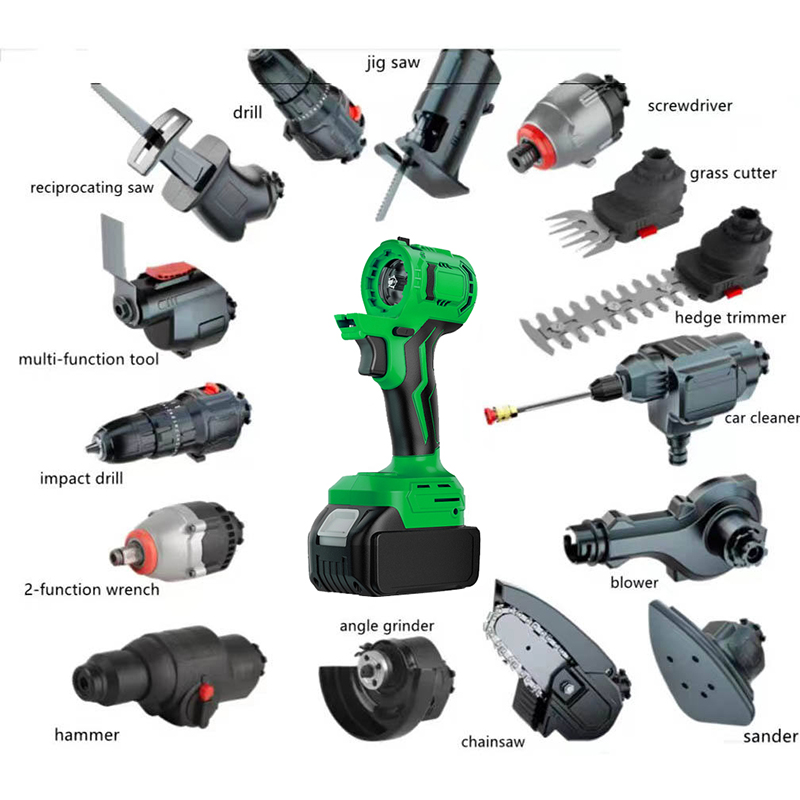
Maximizing Efficiency with Power Tools
Streamlining Workflows
Power tools have the ability to streamline workflows by delivering consistent performance and reducing the time it takes to complete tasks. Workers can rely on the constant speed and power of a tool, which mitigates the variability found in manual operations. This consistent performance aids in establishing a steady workflow, enabling more predictable project outcomes. By integrating power tools, workshops, and job sites can achieve a higher turnover of tasks, allowing teams to complete multiple projects in less time.
Advancing Precision and Craftsmanship
High-quality results rely on accuracy and attention to detail. Power tools come with features designed for precision, such as adjustable speeds, depth settings, and guided cutting paths. These functionalities allow craftsmen to execute intricate work with a level of exactness difficult to replicate by hand. Power tools hence play a crucial role in achieving superior workmanship. As they assist in creating cleaner cuts, more accurate holes, and finer finishes, the overall quality of the final products is notably enhanced.
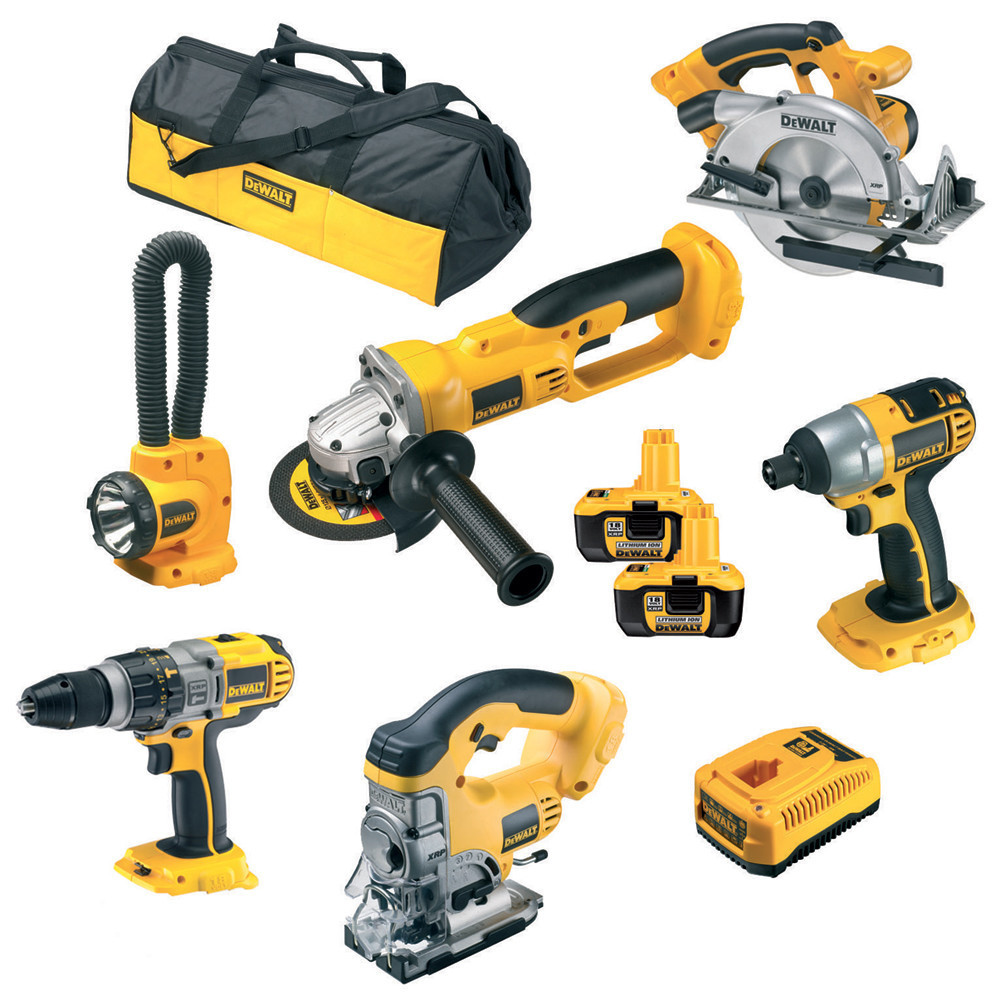
Ergonomics and Reducing Strain
An often-overlooked benefit of power tools is their ergonomic design. Which aims to match the natural contours of the hand and reduce strain during use. Ergonomics is vital for reducing the risk of repetitive strain injuries, which are common in manual labor. Well-designed power tools reduce the need for excessive force, allowing users to work for longer periods without fatigue. The focus on comfort and usability in tool design helps maintain workforce health, contributing to more sustainable work practices.
Impact on Productivity and Cost-Effectiveness
Power tools significantly impact productivity, allowing both businesses and DIY enthusiasts to accomplish more in less time. This efficiency translates into cost savings. As labor time decreases while the output remains high. For businesses, investing in a robust set of power tools can be cost-effective in the long run. As it contributes to faster completion of projects with fewer workers. For the individual DIYer, power tools mean savings on time and resources. As tasks that might have been outsourced can now be completed personally.
Enhancing Versatility and Adaptability
Modern power tools are designed with versatility in mind. Many offer interchangeable attachments or multifunctional capabilities, meaning the same tool can be used for various applications. This adaptability is an essential factor in small operations or for freelance tradespeople who might need to tackle diverse tasks with a limited toolset. The ability to switch between functions not only provides convenience but also minimizes the need for multiple, single-purpose tools, making the best use of available space and resources.
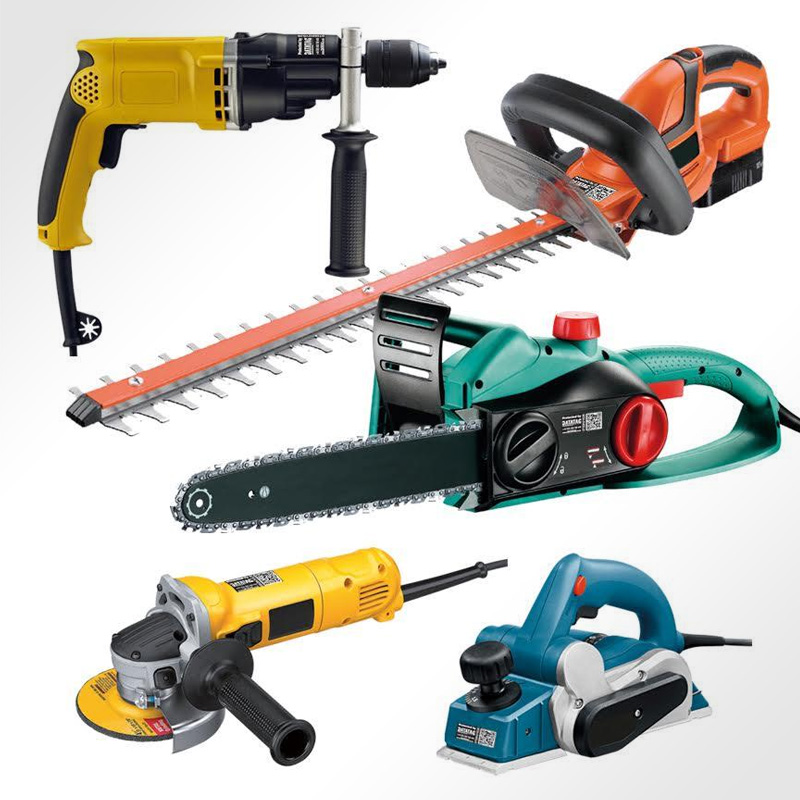
Integration of Technology and Smart Features
The progression of power tools is taking a leap forward with the integration of smart technology. Tools are now coming equipped with features like Bluetooth connectivity. Which allows for remote monitoring and adjustments via smartphones or computers. These technological innovations provide greater control over tool performance and can help identify maintenance needs before they lead to breakdowns. Batteries equipped with management systems ensure optimal charging and discharging. Which extends their life and performance. As technology continues to integrate into power tools, the ease and sophistication of work will progressively improve.
The Role of Automation and AI
Automated features can make tools smarter, providing feedback on usage patterns and optimizing performance for specific tasks. AI-powered diagnostics can predict tool maintenance needs, preventing unexpected downtimes. In addition, automation in manufacturing power tools ensures precision, reduces waste, and improves quality control. By incorporating AI and automation, the power tool industry stands at the forefront of innovation, driving efficiency, and offering sophisticated solutions to users.
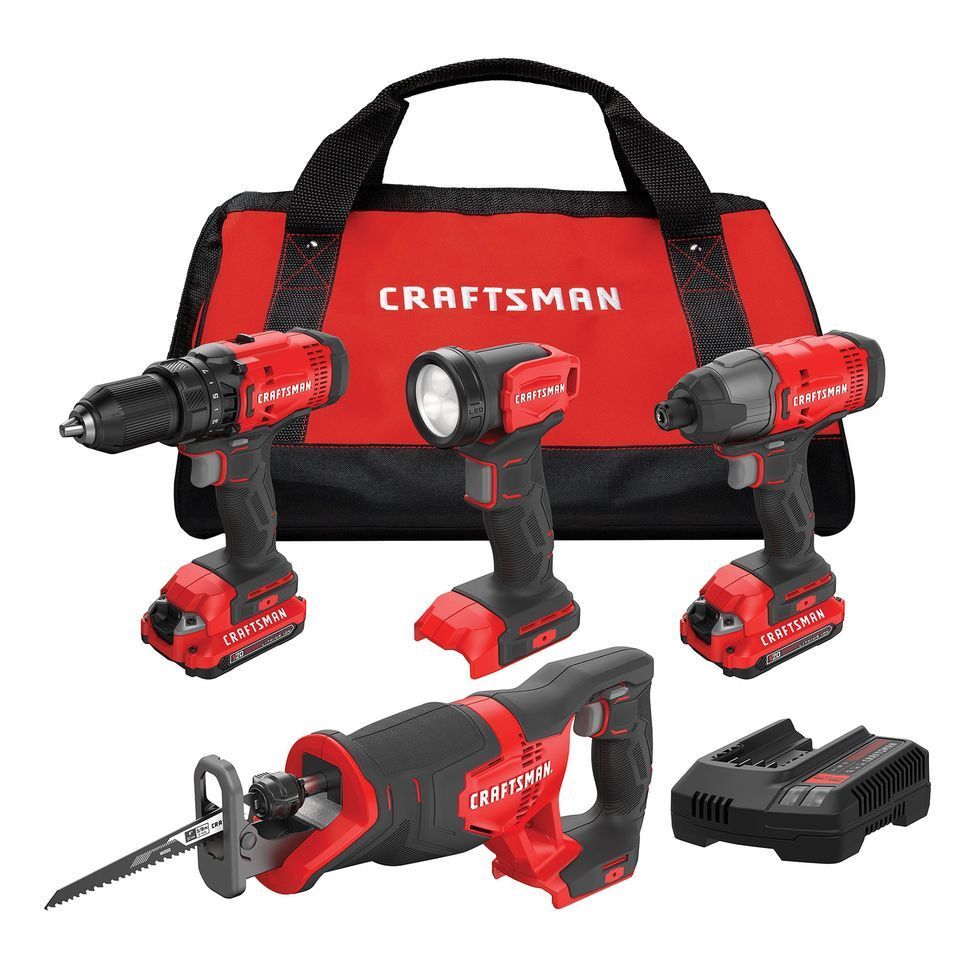
Conclusion: The Transformative Role of Power Tools
The transformative role of power tools in various sectors cannot be understate. By elevating efficiency, advancing precision, improving ergonomics. And reducing work strain, these tools have reshaped our approach to construction, manufacturing, and home improvement tasks. They have streamlined workflows and enabled a higher degree of craftsmanship while remaining cost-effective and versatile. With the continuous integration of innovative technology. Power tools will remain pivotal in crafting the future of work, allowing users to meet the increasing demands for quality and efficiency in an ever-competitive world. For businesses and independent users alike, staying abreast of developments in power tool technology is key to maintaining a competitive edge and delivering excellence in their craft.
